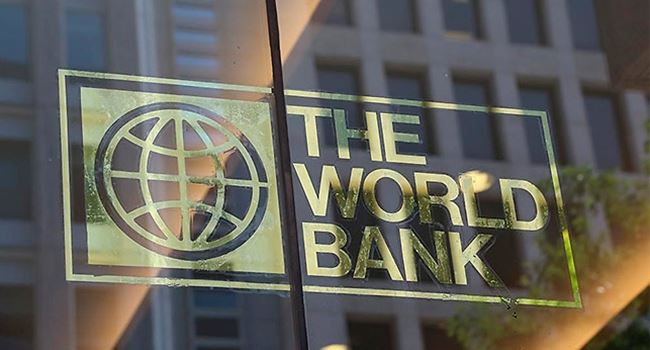Business
World Bank expects climate change to force 216m migrants back home by 2050

The World Bank has predicted that climate change could force at least 216 million people across the six regions in the world to migrate back to their countries by 2050.
In a report Groundswell Part 2 released on Monday, World Bank projected the hotspots of internal migration to emerge as early as 2030 and continue to spread and intensify in rural, urban, and coastal systems by 2050.
The report, which was an update of an earlier document, Groundswell Part 1, stressed that if immediate and concerted action was taken to reduce global emissions, and support green, inclusive, and resilient development, the scale of climate migration could be reduced by as much as 80 percent.
The updated report includes projections and analysis for three regions – East Asia and the Pacific, North Africa, and Eastern Europe, and Central Asia.
It built on the novel and pioneering modelling approach of the previous World Bank Groundswell report from 2018, which covered Sub-Saharan Africa, South Asia, and Latin America.
The two reports provided, for the first time, a global picture of the potential scale of internal climate migration across the six regions, allowing for a better understanding of how slow-onset climate change impacts, population dynamics, and development contexts shape mobility trends.
READ ALSO: World Bank bans 14 Nigerian firms for 999 years over alleged fraud, contract breaches
It identified climate change as a powerful driver of internal migration because of its impacts on people’s livelihoods and loss of livability in highly exposed locations.
The report projected that by 2050, Sub-Saharan Africa could have as many as 86 million internal migrants; East Asia and the Pacific, 49 million; South Asia, 40 million; North Africa, 19 million; Latin America, 17 million; and Eastern Europe and Central Asia, five million.
Speaking on the report, the Vice President of Sustainable Development at World Bank, Juergen Voegele, said: “The new Groundswell report builds on the work of the first, modelling three additional regions, namely East Asia and the Pacific, North Africa, and Eastern Europe, and Central Asia—to provide a global estimate of up to 216 million climate migrants by 2050 across all six regions.
“It’s important to note that this projection is not cast in stone. If countries start now to reduce greenhouse gases, close development gaps, restore vital ecosystems, and help people adapt, internal climate migration could be reduced by up to 80 per cent—to 44 million people by 2050.
“Without these actions, the report predicts that “hotspots” of climate migration will emerge as soon as within the next decade and intensify by 2050, as people leave places that can no longer sustain them and go to areas that offer opportunity. For instance, people are increasingly moving to cities, and we find that climate-related challenges such as water scarcity, declining crop productivity, and sea-level rise play a role in this migration.”
Join the conversation
Support Ripples Nigeria, hold up solutions journalism
Balanced, fearless journalism driven by data comes at huge financial costs.
As a media platform, we hold leadership accountable and will not trade the right to press freedom and free speech for a piece of cake.
If you like what we do, and are ready to uphold solutions journalism, kindly donate to the Ripples Nigeria cause.
Your support would help to ensure that citizens and institutions continue to have free access to credible and reliable information for societal development.






















